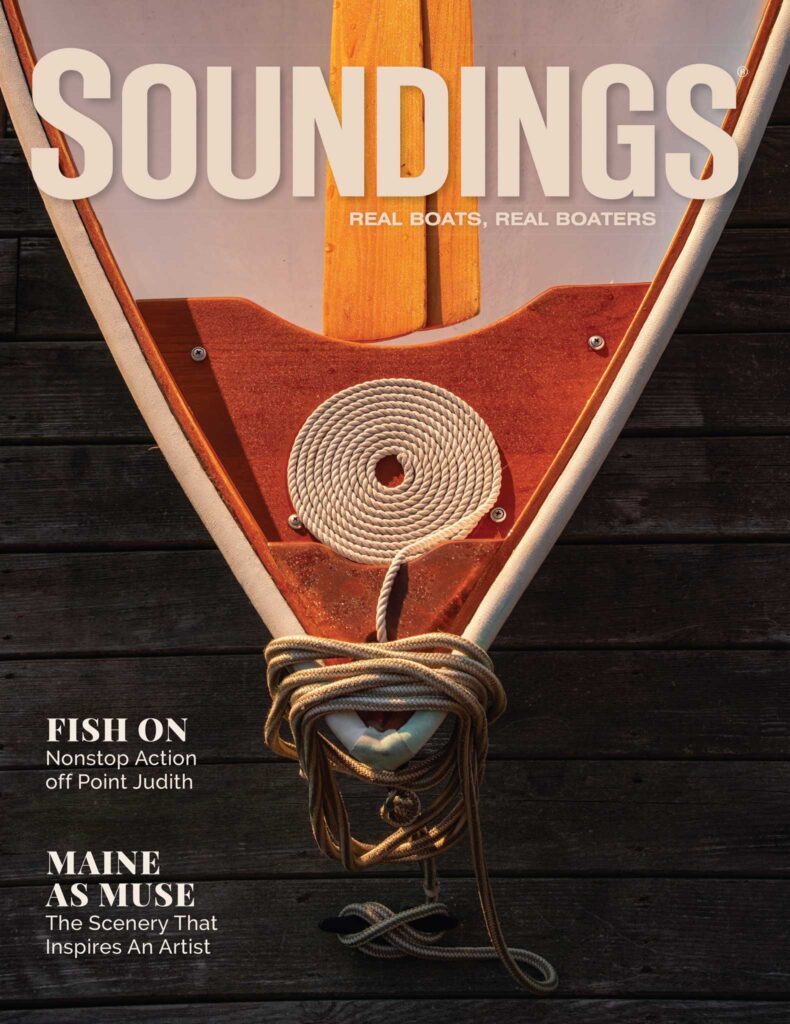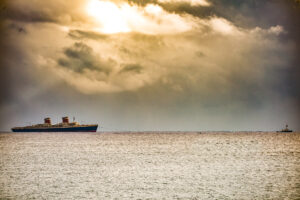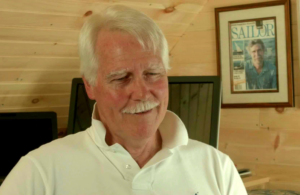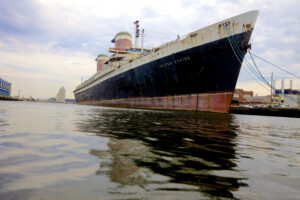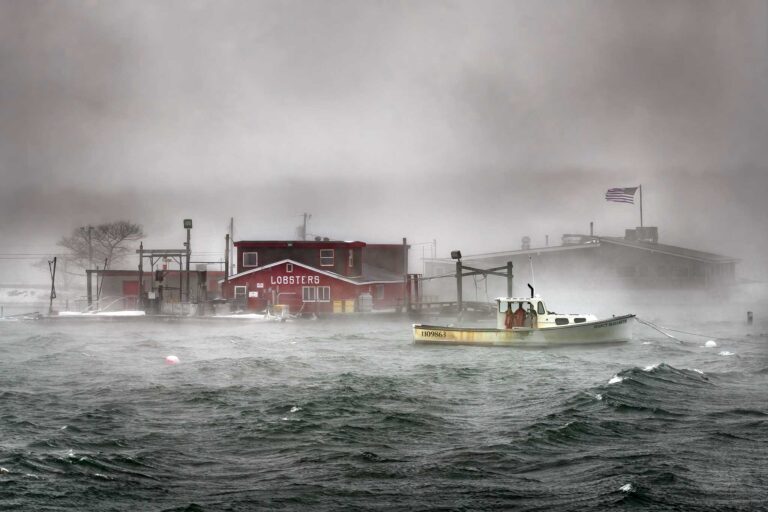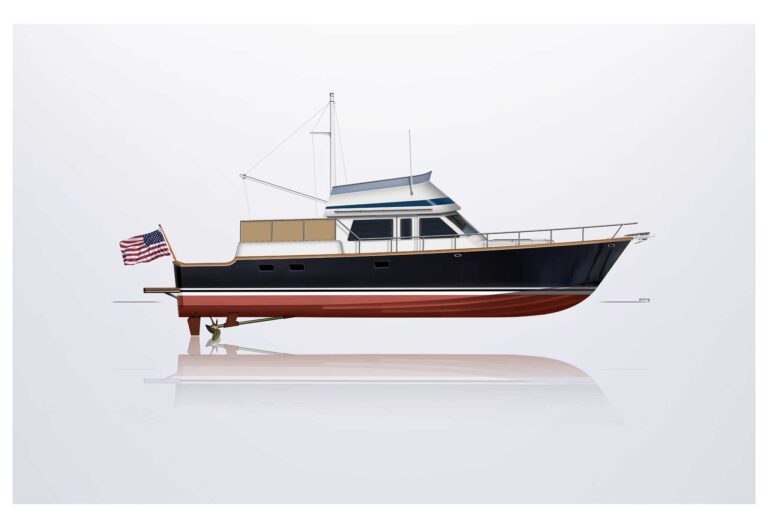To reduce emissions and turn away from carbon-based power, many boat builders are looking to electric alternatives. Seaspan, a Vancouver-based shipyard, and Haisla Nation, the government of the indigenous Haisla people have partnered to build the first-ever electric tugboat.
“This will live its entire life on a zero emissions platform,” said Jordan Pechie, senior vice-president of Seaspan Marine Transportation. “It will change the game, for sure.”
At 93 feet overall, the vessel is named HaiSea Wamis to honors the Haisla Nation’s first ancestor in Kitimat, per their creation story. She was designed by the naval architect Robert Allan and built in a yard in Turkey where Canada builds all its tugs. Sightlines aboard HaiSea Wamis are unencumbered by smokestacks, making the view of its surroundings wide open, a big advantage, especially on tugboats.

Due to the torque of the electric motors, the new tug is more responsive, so the throttle has been redesigned to prevent an accidental burst of energy. Powered by six banks of 5,300 kWh Corvus batteries, HaiSea Wamis boasts 7,000 horsepower and an impressive 1,000-1,500-ton reduction in greenhouse gas emissions. The tugboat is also much quieter underwater compared to a diesel engine, which reduces harm to marine life.

Below deck, HaiSea Wamis maintains a cozy tugboat interior and is equipped with four private staterooms and heads.
The vessel was a result of a new export terminal that Haisla Nation leadership insisted have as little environmental impact as possible. The zero-emission tugboat was the answer.
“This model is the future,” said Pechie. “This is what belongs in British Columbia. For terminal contracts, electric tugs just make perfect sense.”
Read more here.

